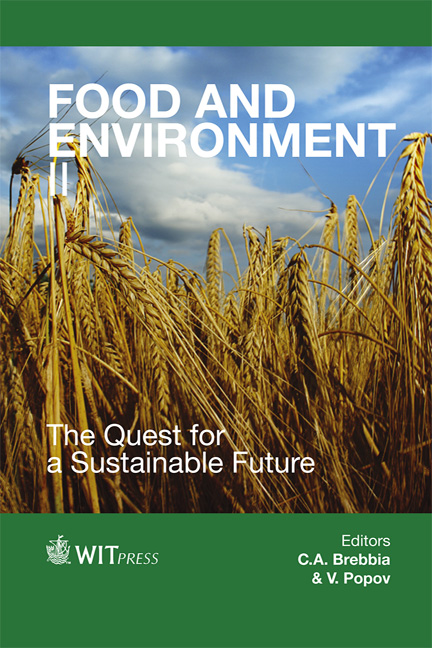Biorefinery Meets Biofermentation To Produce Food Additives
Price
Free (open access)
Transaction
Volume
170
Pages
12
Page Range
25 - 36
Published
2013
Size
388 kb
Paper DOI
10.2495/FENV130031
Copyright
WIT Press
Author(s)
B. Kilic & K. Bach
Abstract
The overall goal of the project was to transfer the concept of biorefinery to a biofermentation process to produce e.g. nutrients, enzymes or biopolymers. The feasibility of the strategy was proven in a fermentation process with industrial wastewater containing phenol as a toxic pollutant. The degrading experiments were done with native bacteria and fungi which have been selected according to literature in consideration of degrading attitude, degrading rates and metabolic properties. The second step was to answer the question of to what extent value creation through fermentation of the selected organisms is possible. Questions on how to carry out the procedure, the localisation of the product (intracellular or extra cellular) and its traceability were also pursued. Possible products have been analysed. As a result thereof an enzyme assay has been carried out to verify the units of an extra cellular α-amylase. The third step was to improve the fermentation process through optimisation of parameters like O2-transfer and feeding strategies for the minimal substrate. It could be shown that produced biomass could be doubled. Further experiments are necessary to provide for optimised economical process and product utilisation. Keywords: biorefinery, biofermentation, PHB, phenol.
Keywords
Keywords: biorefinery, biofermentation, PHB, phenol.





